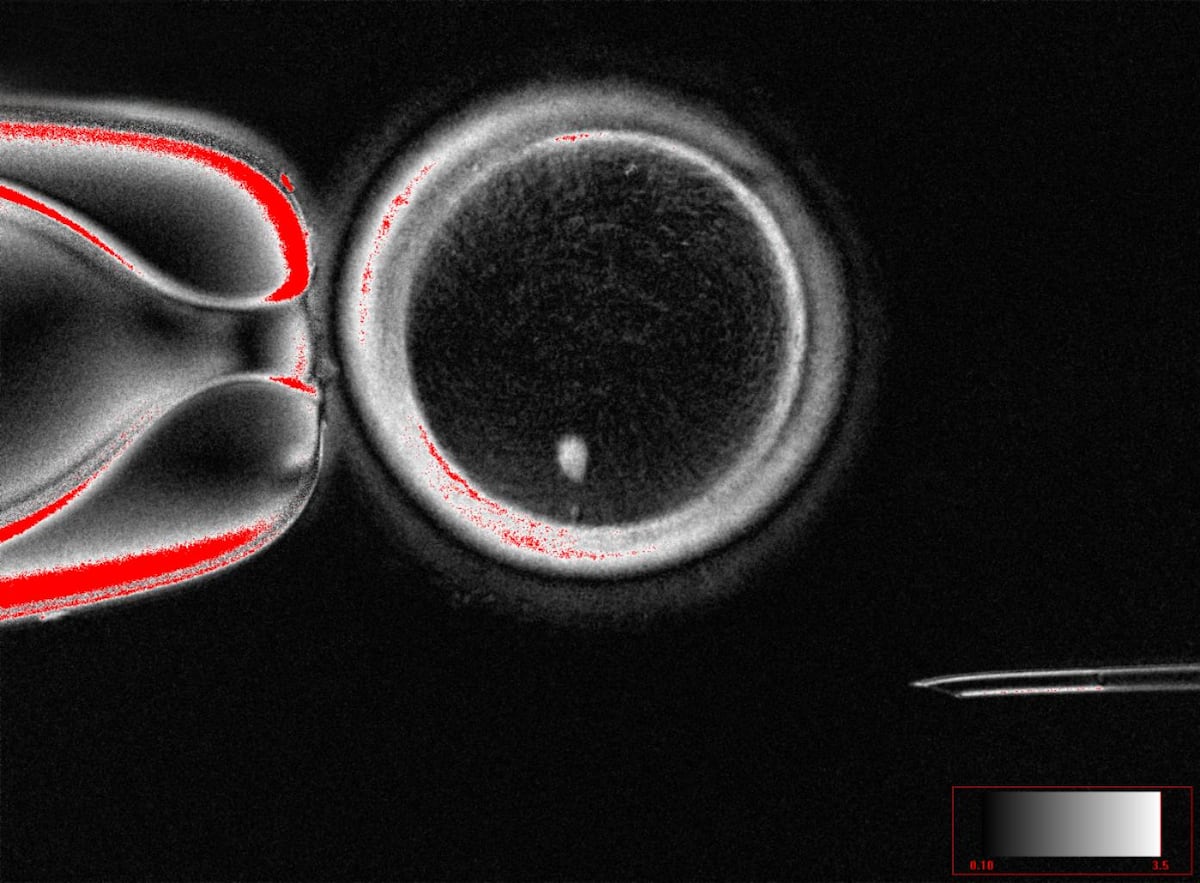
"For many women, the main cause of infertility is the lack of functioning eggs, especially after the age of 35, when quality begins to decline dramatically. If techniques to stimulate the production of a woman's own eggs fail, the only option is to use donated eggs, but that means giving up the chance to have offspring with one's own DNA."
"For years, scientists have been seeking radical alternatives to conventional reproduction. One approach is the laboratory transformation of skin or blood cells into eggs or sperm. In mice, fertilizable eggs and sperm have been produced that can fertilize and give rise to offspring, but achieving this in humans is much more difficult. One of the teams working in this field is led by the Japanese scientist Mitinori Saitou. He seeks to produce reproductive cells following a path similar to the natural one."
"First, adult cells are reprogrammed using four genes that rewind them to a pluripotent stem cell state, capable of becoming any cell in the body. These malleable cells are then transformed into primordial germ cells and finally into eggs or sperm. This final achievement has been reached in mice, but has not yet been reproduced in humans. In the study published Tuesday in Nature Communications by Mitalipov and Paula Amato's team, an alternative approach is presented."
Infertility often results from lack of functioning eggs, especially after age 35 when egg quality declines. Donated eggs remove genetic link to the mother. Laboratory approaches aim to transform adult skin or blood cells into eggs or sperm; mice have produced fertilizable gametes but humans remain more difficult. One path reprograms adult cells to pluripotent stem cells, then to primordial germ cells and gametes; this has succeeded in mice but not humans. An alternative approach attempts to reprogram adult skin cells to mimic meiosis, reducing 46 chromosomes to 23 while reshuffling genes to form reproductive cells.
Read at english.elpais.com
Unable to calculate read time
Collection
[
|
...
]